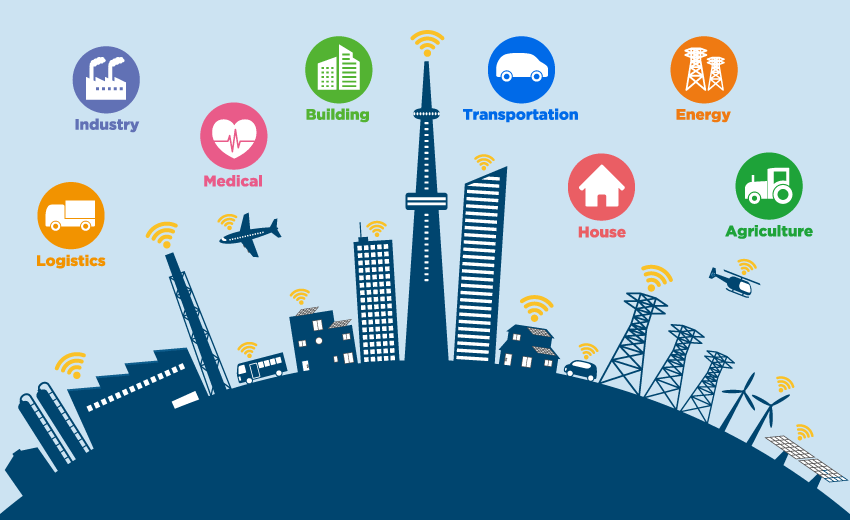Climate resilience solutions are becoming essential as cities worldwide grapple with the impacts of climate change. From rising sea levels to unpredictable weather patterns, urban areas must adopt innovative strategies to protect their populations and infrastructure. Smart city innovations are at the forefront of these efforts, offering sustainable solutions to foster climate resilience.
The Role of Smart Cities in Climate Resilience
Smart cities use advanced technologies to address environmental challenges while promoting sustainability. These solutions integrate data, IoT devices, and analytics to optimize urban management and reduce vulnerabilities.
Monitoring Environmental Changes
Smart sensors and IoT devices play a key role in tracking real-time environmental data, such as air quality, temperature, and water levels. This information enables city authorities to make informed decisions and mitigate risks associated with extreme weather events.
Energy Efficiency and Renewable Resources
Smart grids and energy-efficient technologies enhance the utilization of renewable energy sources. By reducing dependency on fossil fuels, cities can lower their carbon footprint and increase resilience against energy supply disruptions.
Key Smart City Innovations for Climate Resilience
Integrating climate resilience solutions into urban planning ensures that cities are prepared for future challenges. Below are some of the most impactful innovations.
- Flood Management Systems
- IoT-enabled flood detection systems provide early warnings, allowing authorities to take preemptive action. These systems monitor water levels and predict flooding scenarios, minimizing damage and ensuring public safety.
- Smart Waste Management
- Efficient waste management systems utilize IoT sensors to optimize collection routes and reduce emissions. Additionally, these systems encourage recycling and composting, contributing to sustainable urban practices.
- Green Infrastructure
- Green roofs, urban forests, and permeable pavements are examples of green infrastructure that mitigate urban heat islands and manage stormwater. These solutions enhance the adaptability of cities to changing climates.
Benefits of Climate Resilience Solutions in Smart Cities
Investing in climate resilience not only addresses environmental challenges but also creates opportunities for economic growth and improved quality of life.
- Economic Advantages
- Climate resilience solutions reduce disaster-related costs by minimizing damage and recovery expenses. They also attract investments in green technology and sustainable infrastructure.
- Improved Public Health
- Cleaner air, better waste management, and enhanced green spaces contribute to healthier urban environments. These changes lead to lower healthcare costs and improved well-being for residents.
- Strengthened Community Engagement
- Smart city initiatives often involve community participation. By fostering awareness and collaboration, these projects empower citizens to contribute to sustainability efforts actively.
Challenges and Future Directions
While the potential of climate resilience solutions is immense, challenges remain. High implementation costs, data privacy concerns, and the need for skilled professionals are barriers to widespread adoption.
- Overcoming Financial Constraints
- Public-private partnerships (PPPs) and international funding programs can reduce financial barriers and enable cities to invest in smart technologies.
- Advancing Policy and Regulation
- Governments must establish supportive policies and standards to facilitate the integration of climate resilience solutions into urban planning.
Conclusion
Smart city innovations are essential for building climate-resilient urban environments. By leveraging advanced technologies and sustainable practices, cities can address environmental challenges while improving the quality of life for their residents. As the world faces an uncertain climate future, adopting climate resilience solutions is no longer optional—it is imperative.
Explore how MTi Arabia can help you harness these solutions to revolutionize your industry. Contact us here.



